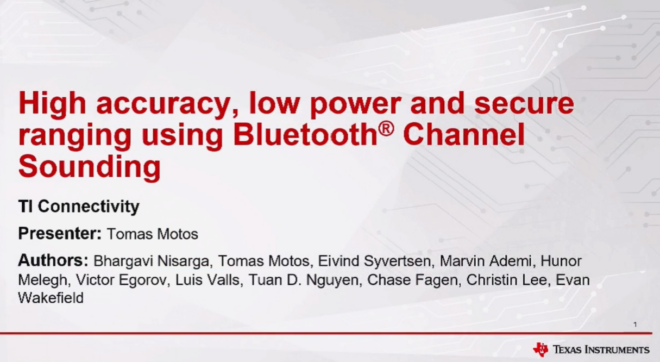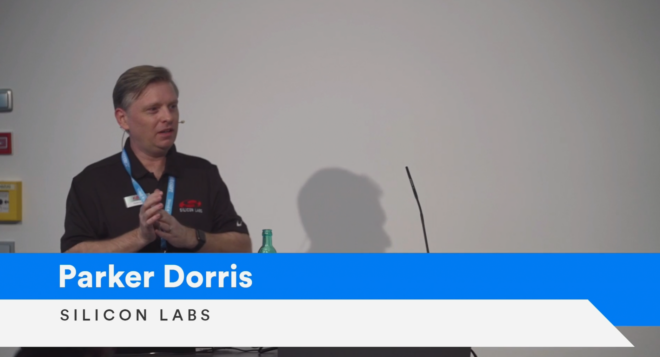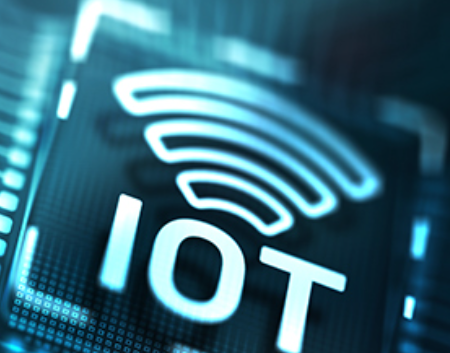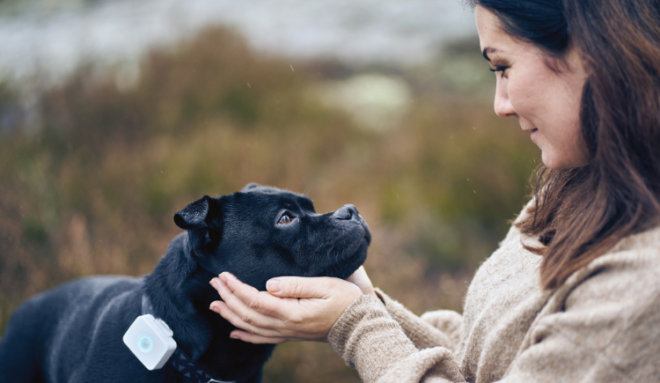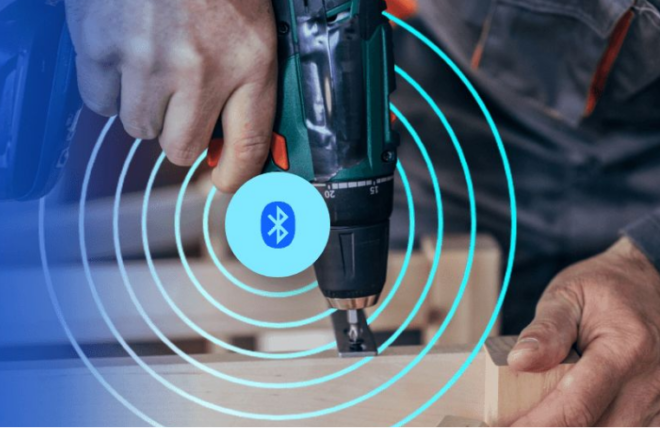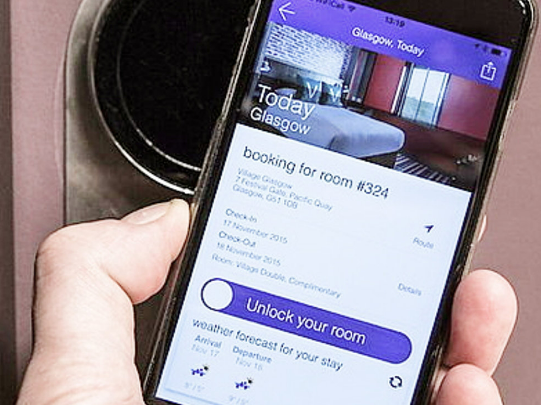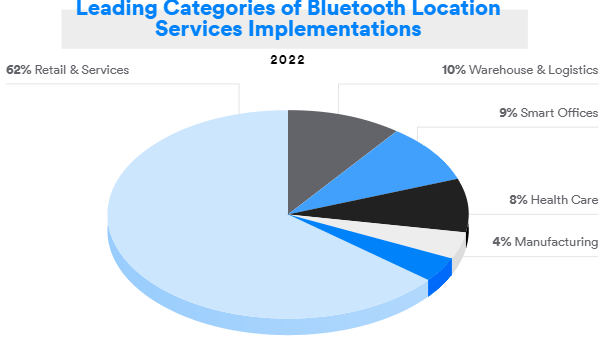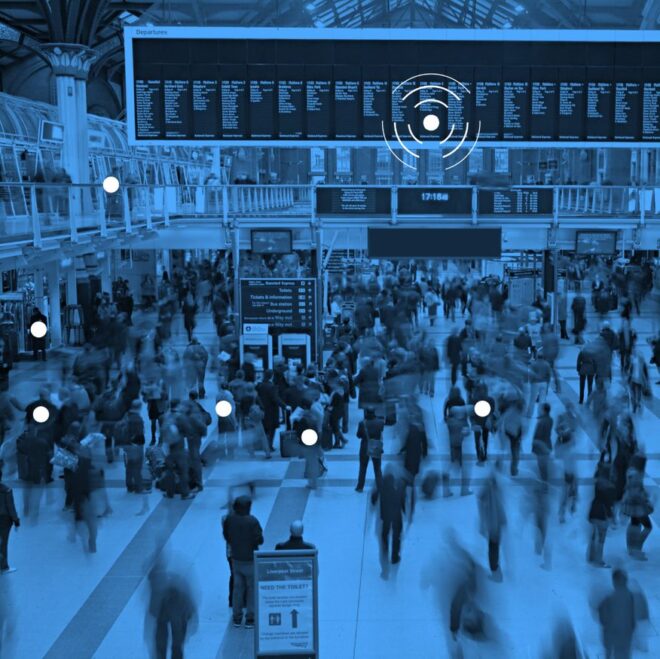 This article was written by Zhang Guobin, founder of www.eetrend.com, and originally appeared on eetrend.com. Zhang Guobin is a close observer of semiconductor technology and innovation. With his 17 years of professional media experience, Zhang has an in-depth interpretation of the latest trends in the semiconductor technology and the upcoming outbreak of innovative technology and applications.
This article was written by Zhang Guobin, founder of www.eetrend.com, and originally appeared on eetrend.com. Zhang Guobin is a close observer of semiconductor technology and innovation. With his 17 years of professional media experience, Zhang has an in-depth interpretation of the latest trends in the semiconductor technology and the upcoming outbreak of innovative technology and applications.
Life has always been the source of our innovations. Many of us have the experience of rummaging at home looking for keys or small items and that’s why those Bluetooth® trackers came into being. However, apart from the ability to remind the forgetful ones among us not to get too far away from the items, those things are not capable of telling where exactly the items are. On the other hand, even though outdoor navigation and location services are relatively matured, the user experience of indoor navigation is still not good enough. We can get indoor navigation and location with the help of technologies like Wi-Fi, NFC, and others, but we just cannot get satisfactory results that are precise enough. The new Bluetooth direction finding feature offers a solution to this problem. With its accurate positioning capability that is up to the centimeter level, users will never worry about losing their way in shopping malls, hotels, and conference centers, or losing any small items!
On a recent media event held in Beijing, the Bluetooth Special Interest Group (SIG) introduced some contents and details of the recently launched Core Specification 5.1, amongst which, the direction finding function is a long-awaited new feature that helps devices know the direction of the Bluetooth signal, which in turn helps to develop centimeter-level, real-time positioning and indoor positioning solutions. I believe this is a major breakthrough in technology and a big wave of new applications is already on the road!
“At present, there is a lot of demand for high-precision indoor positioning,” explains Kai Ren, developer relations program manager for the APAC region at the Bluetooth SIG. “Let me take today’s event at the Kerry Hotel for example. Our navigation software can guide us to the hotel door. However, the last 100 meters from the hotel door to the event hall sometimes can be crucial. The Bluetooth direction finding feature we will be talking about today will solve this, taking you from the hotel door directly to the Beijing Hall! In addition, this function has great potential in indoor item positioning, logistics warehousing, and so on.
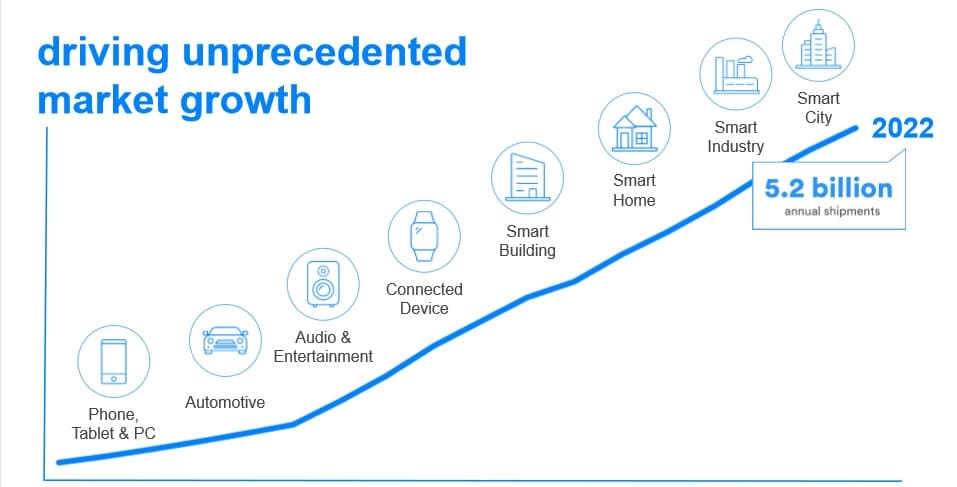
According to Kai Ren, Bluetooth® technology has a wide range of applications from audio streaming and data transfer, to location services and device networks. Bluetooth has become a standard for all smartphones and is expanding to tablets, cars, audio entertainment devices, connected devices, smart building, smart home, smart industry, smart city, and more. He mentioned that Bluetooth devices annual shipments will grow from 4 billion in 2018 to 5.2 billion in 2022.
Currently, Bluetooth location solutions are typically divided into two categories: proximity and positioning. With the help of Bluetooth proximity solution, two devices can tell when they are close to each other and evaluate their approximate distance. This category includes item finding solutions, such as personal property tags, and point of interest (PoI) information solutions, such as proximity marketing beacon.
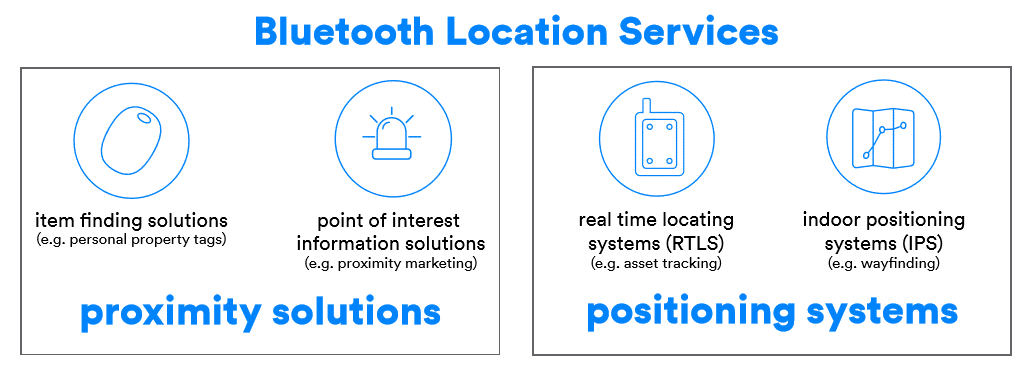
“Bluetooth® will be used in a wide range of emerging areas in the future, and the direction finding feature released today is sure to inspire many new applications,” says Ren. “We expect that by 2022, annual Bluetooth location device shipments will reach 400 million.”
The Principle of Bluetooth Direction Finding Technology
Ren says the current Bluetooth proximity solutions and positioning systems are mainly based on RSSI (received signal strength indication) positioning. For instance, in an iBeacon positioning scenario, when a Beacon broadcasts Bluetooth® Low Energy packets periodically, these packets include the beacon’s latitude and longitude. Smartphones that enabled Bluetooth can receive the packets by RSSI (radio signal strength indicator) and the latitude/longitude. Using trilateration, the smartphone can calculate the position. When a user enters, exits, or roves within an area, the beacons’ broadcast spreads, and the distance between the user and the beacons are calculated through RSSI. Positioning is possible as long as three beacons are available, but only in meter-level positioning accuracy.
Then, how does Bluetooth improve its positioning accuracy to centimeter level with the Core Specification v5.1?
Angle of Arrival
“In fact, direction finding is not a new technology,” says Ren. “It has been around for a long time.” The basic principle is to use the phase difference of radio signals to calculate and convert location information. Two positioning methods are used in the latest version of the Bluetooth® core specification. The first one is by using the angle of arrival (AoA) measurement method. By measuring the direction of arrival between the transmitter and the receiver, and then using triangulation, the azimuth and distance between the transmitter and the object are obtained. It is mainly aimed at RTLS (real-time location service), item tracking, and PoI information.
Its working principle is that when the transmitter sends out a special data packet through a single antenna, the receiver which has multiple antenna arrays will find the received signal phase difference because the distances from each antenna to the transmitter are different. When switching between active antennas, the system can obtain IQ samples from the received signals and then achieve the relative azimuth of the signal by data calculation.

Angle of Departure
The second positioning method is by using the angle of departure (AoD) to measure. It also uses the signal phase differences, mainly for indoor positioning system (IPS). It works by sending special data packets when the transmitter switches between its active antenna arrays, while the receiver receives the signal through a single antenna and then obtains the IQ sample from the received signal. With the understanding of the antenna arrangement in the transmitter, the relative direction and distance of the signal are calculated.
Ren says that with the introduction of this new direction finding technology, new features related to object directions can be added to Bluetooth® proximity resolutions. For example, an item tracking solution will not only tell the user that they are close to the tagged item but also allow the user to know the direction in which it is located and significantly improve the user experience.
By adding the new direction finding function, this type of positioning system can improve their position accuracy to the centimeter level.
Other Innovations Inspired by Direction Finding
Ren says the addition of the Bluetooth® Direction Finding function is expected to inspire many innovative applications. For example, a car door can be opened automatically via a mobile phone. With a locator installed in the car to determine the driver’s angle, the door can be opened automatically when the driver arrives at the door. It can also be used in access control systems by measuring whether an eligible person is close to a gate and thus open and close the gate automatically. Museums and art galleries can also realize precision-tour guidance with this feature. In addition, he says, Bluetooth also offers a mesh network topology. For example, many hotels and buildings have deployed Bluetooth mesh lighting systems and switches. These nodes can naturally be AoD transmitters or AoD receivers with the direction finding function. This fusion can inspire a lot of innovation, and there will be a lot of integration in this area in the future.
There are concerns about the problem of interference in direction finding. In this regard, Ren claims that the Bluetooth SIG is adding a new field called the Constant Tone Extension (CTE). The purpose of the CTE field is to provide a constant frequency and wavelength signal material that can be sampled for IQ, so there is no need to worry about interference problems.

In addition, Ren says that annually three UPF events are hosted by the Bluetooth SIG in North America, Asia, and Europe where member companies can bring in their own products and commence connectivity, interoperability, and CTE verification.
Some manufacturers have already developed Bluetooth chips that comply with the latest version of the Bluetooth core specification. On 25 February 2019, Dialog Semiconductor released the DA1469x series, which supports the updated specification and can achieve precise positioning via AOA and AOD. Mark De Clercq, Dialog’s director of business, says that with its world-class radio front-end performance and configurable protocol engine, DA1469x opens new opportunities for precise indoor positioning equipment, such as building access and remote keyless unlock systems. He says that antenna design is crucial in the direction finding implementation, and Dialog provides antenna design references.
Andrew Zignani, senior analyst of ABI Research says, “Since the launch of Bluetooth Low Energy in 2010, developers have been able to use Bluetooth to create powerful, low-cost location service solutions for a wide range of applications in consumer, retail, healthcare, public places, and manufacturing. The new direction finding function will enable Bluetooth to better meet the ever-changing demand of the location service industry, make deployments more flexible, more scalable, and meet future needs. It will further accelerate Bluetooth penetration in the current location-based services market and open up opportunities for new applications and use cases.”
According to Ren, there are already companies improving their industrial management efficiency by adapting direction finding methods using Bluetooth. NGK Ceramics, for instance, is using Bluetooth to achieve efficient asset management and reducing waste.
Ren says that Bluetooth® Core Specification 5.1, which contains the direction finding feature, is currently available to developers. Anyone who is interested can visit the Bluetooth SIG website to get it.
Local innovators, let’s bring it on and innovate!
Download this paper, Enhancing Bluetooth Location Services with Direction Finding, to learn more about how the Bluetooth community is enhancing Bluetooth Location Services solutions.
![]()
FEATURED DOWNLOAD
Enhancing Bluetooth Location Services with Direction Finding
A new Bluetooth direction finding feature allows devices to determine the direction of a Bluetooth signal, thereby enabling the development of Bluetooth proximity solutions that can understand device direction as well as Bluetooth positioning systems that can achieve down to centimeter-level location accuracy.

![Forbes Predictions article 72 dpi 1300 x 680 px 768x402[1]](https://www.bluetooth.com/wp-content/uploads/2024/04/Forbes-Predictions-article-72-dpi-1300-x-680-px-768x4021-1-660x345.png)
